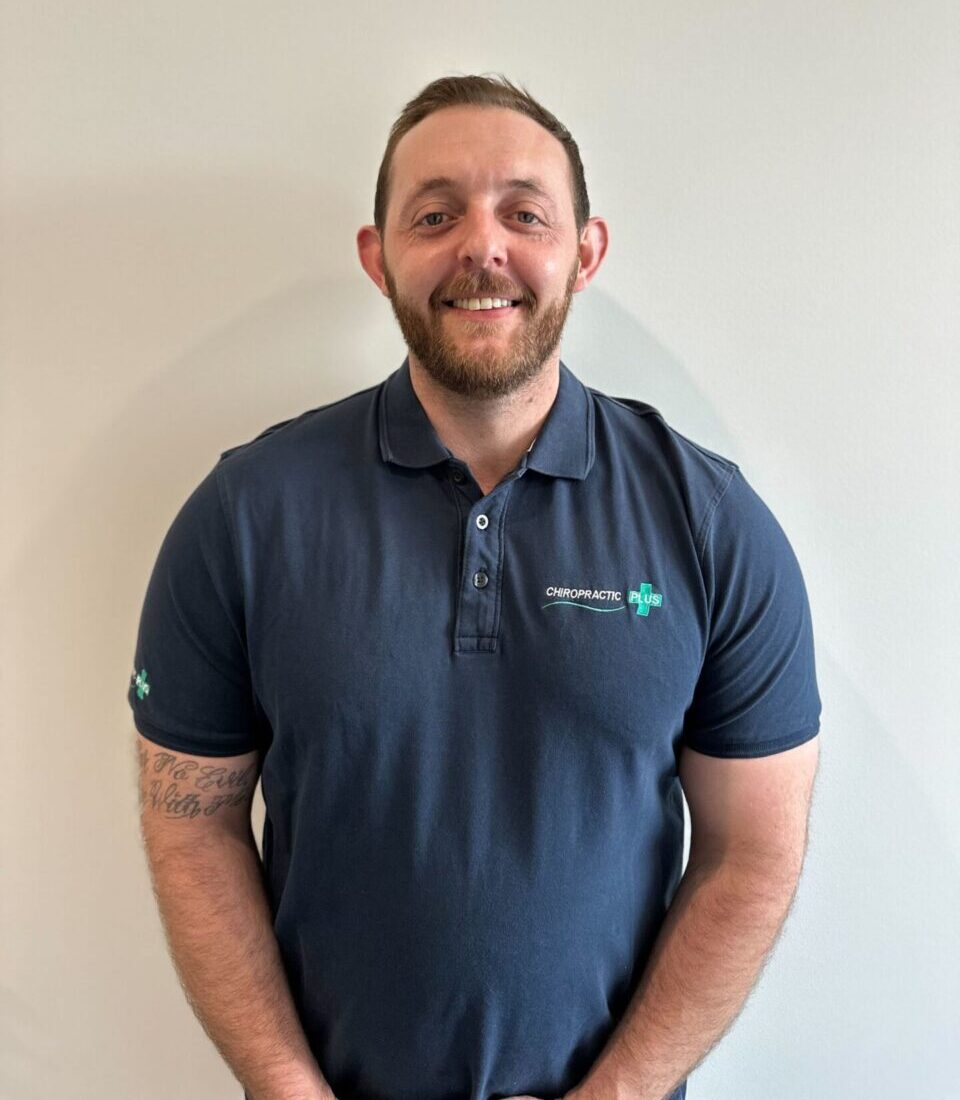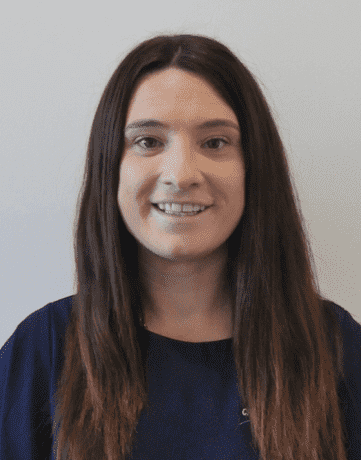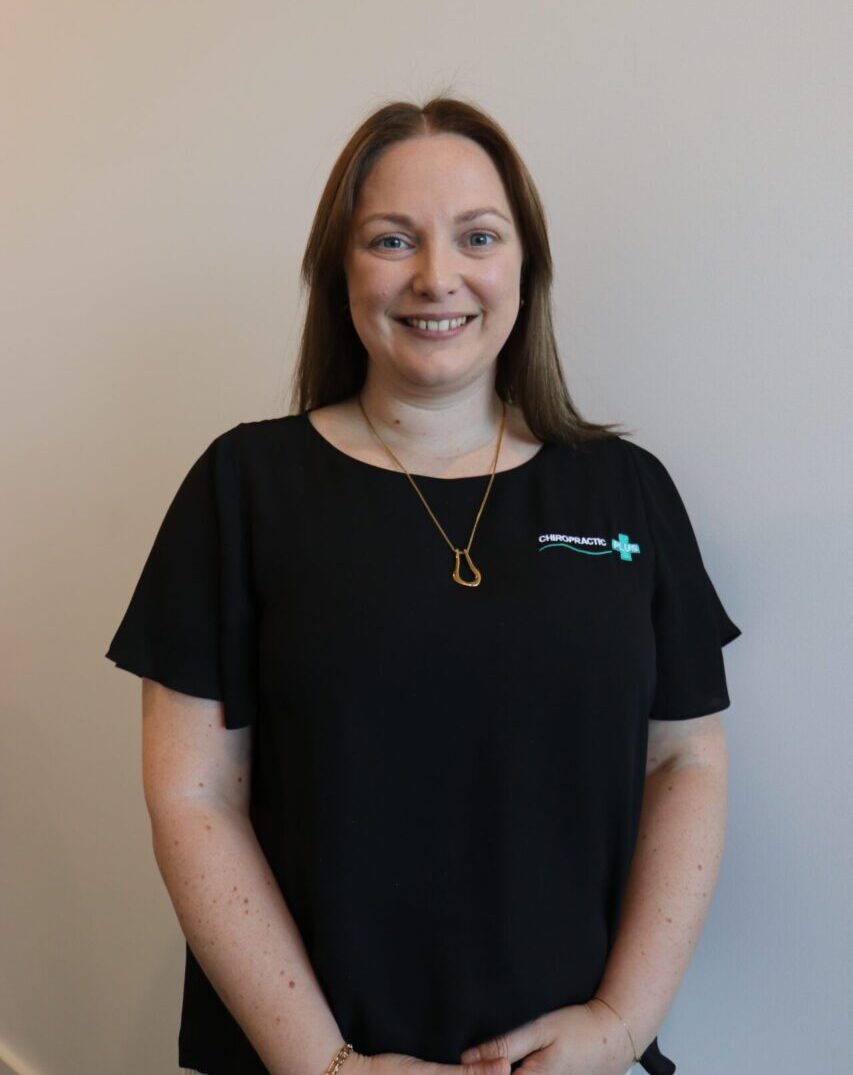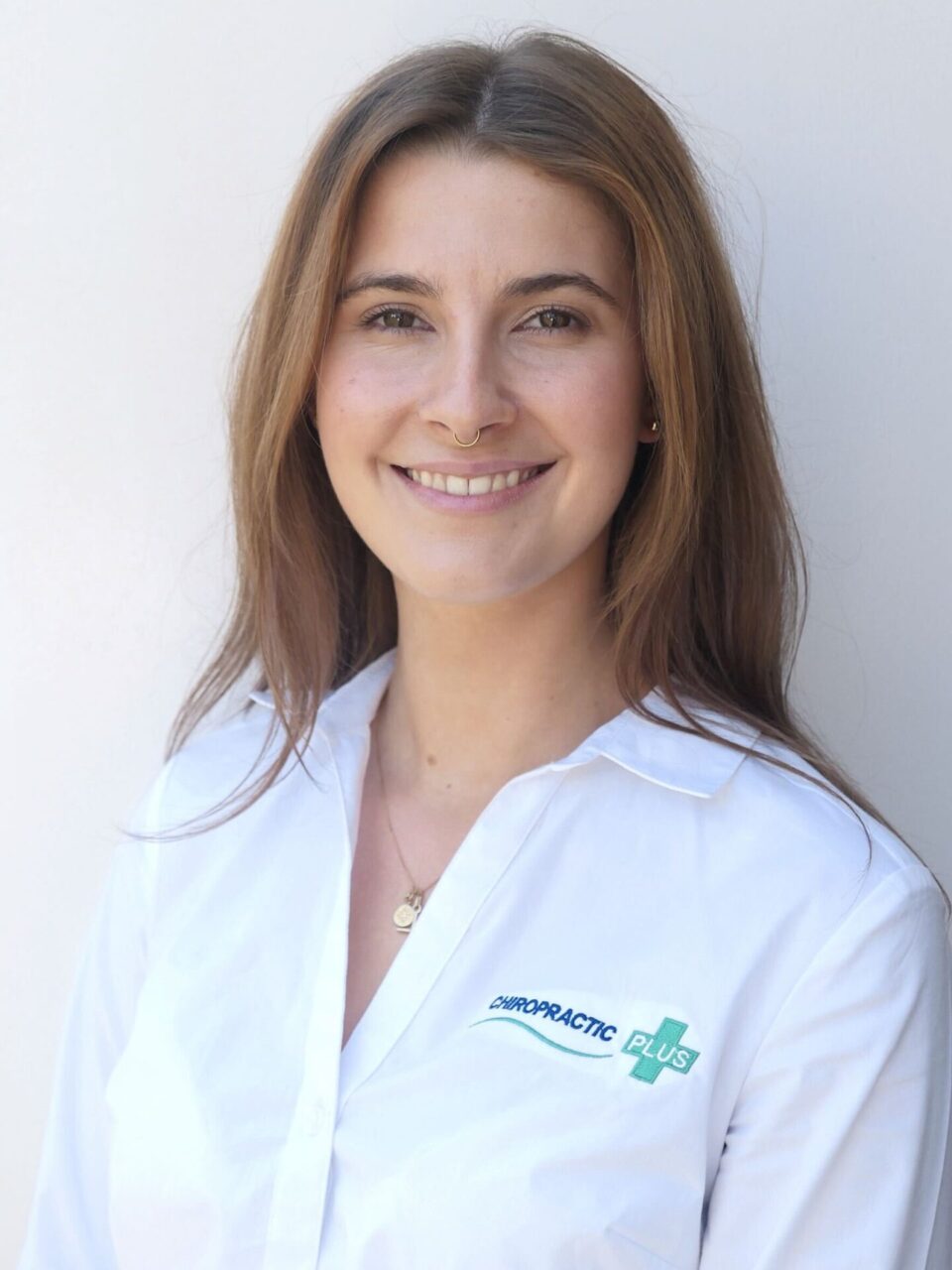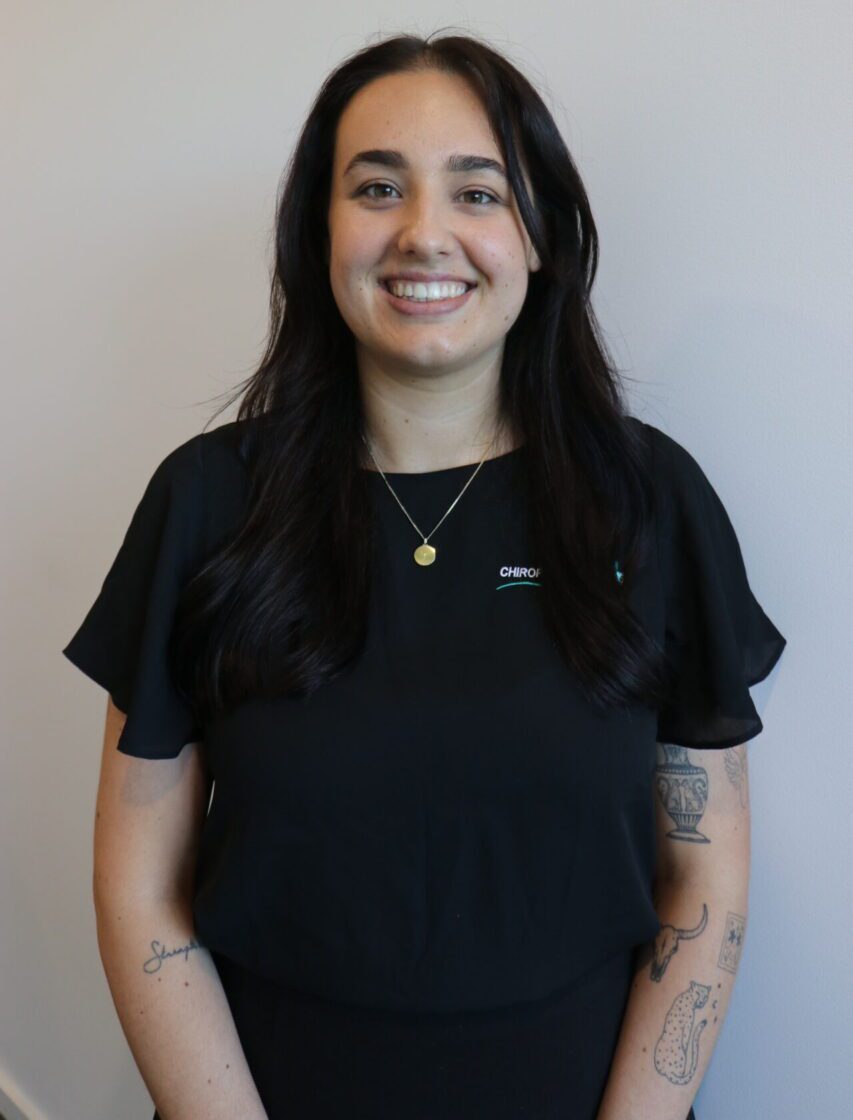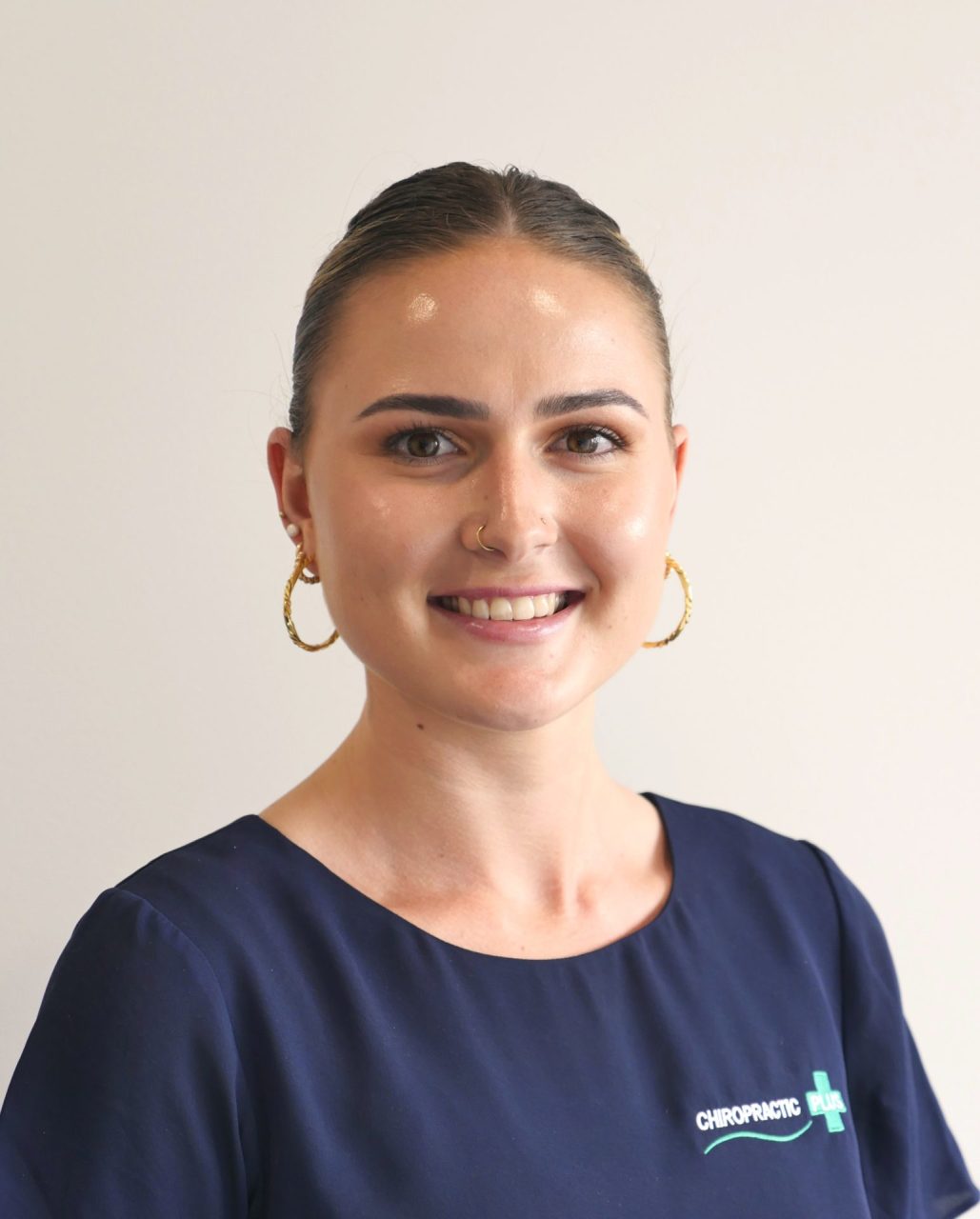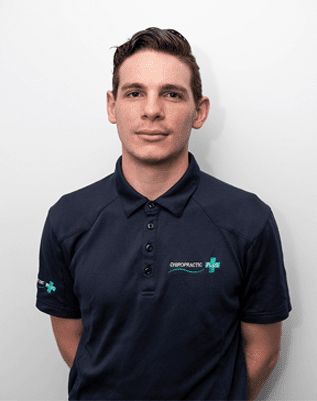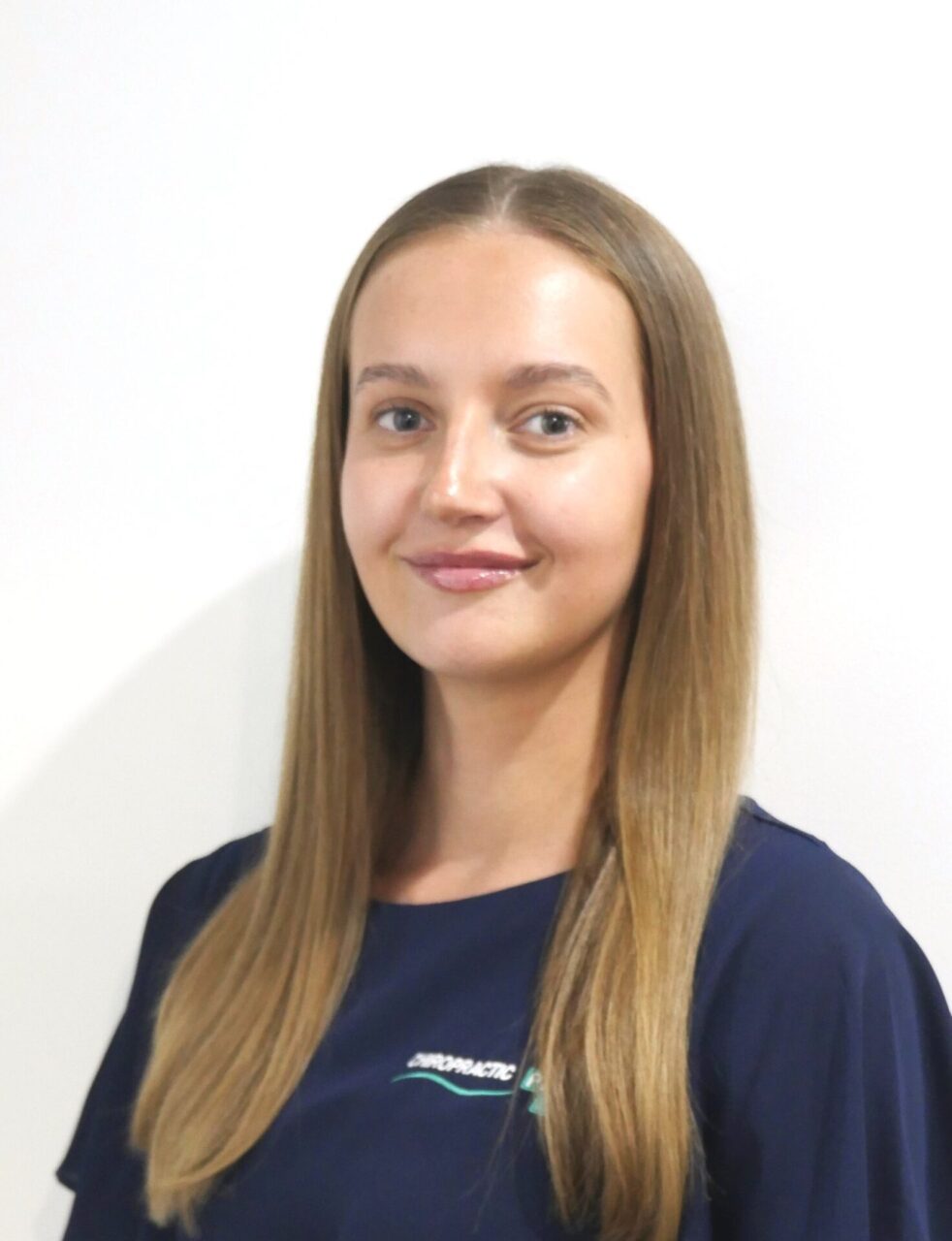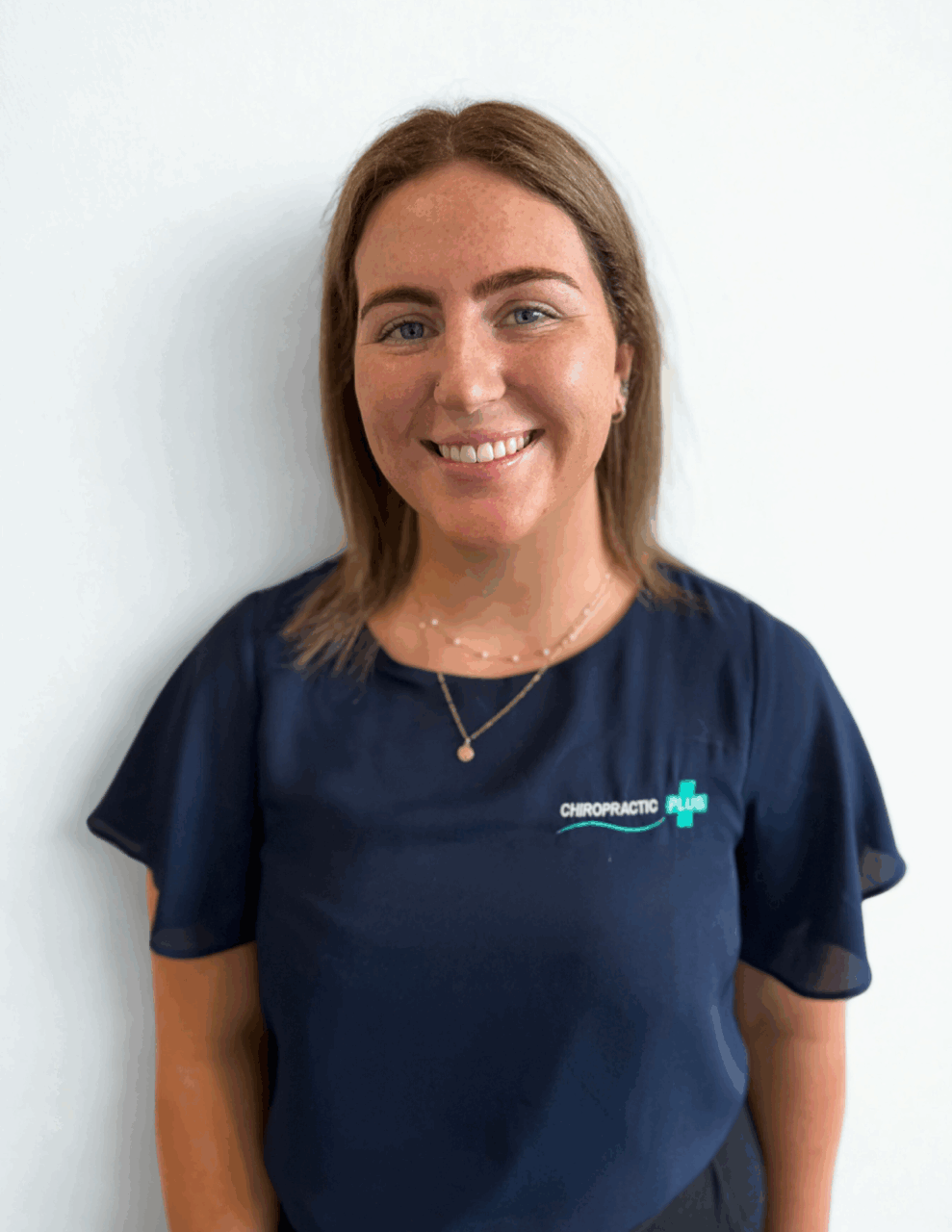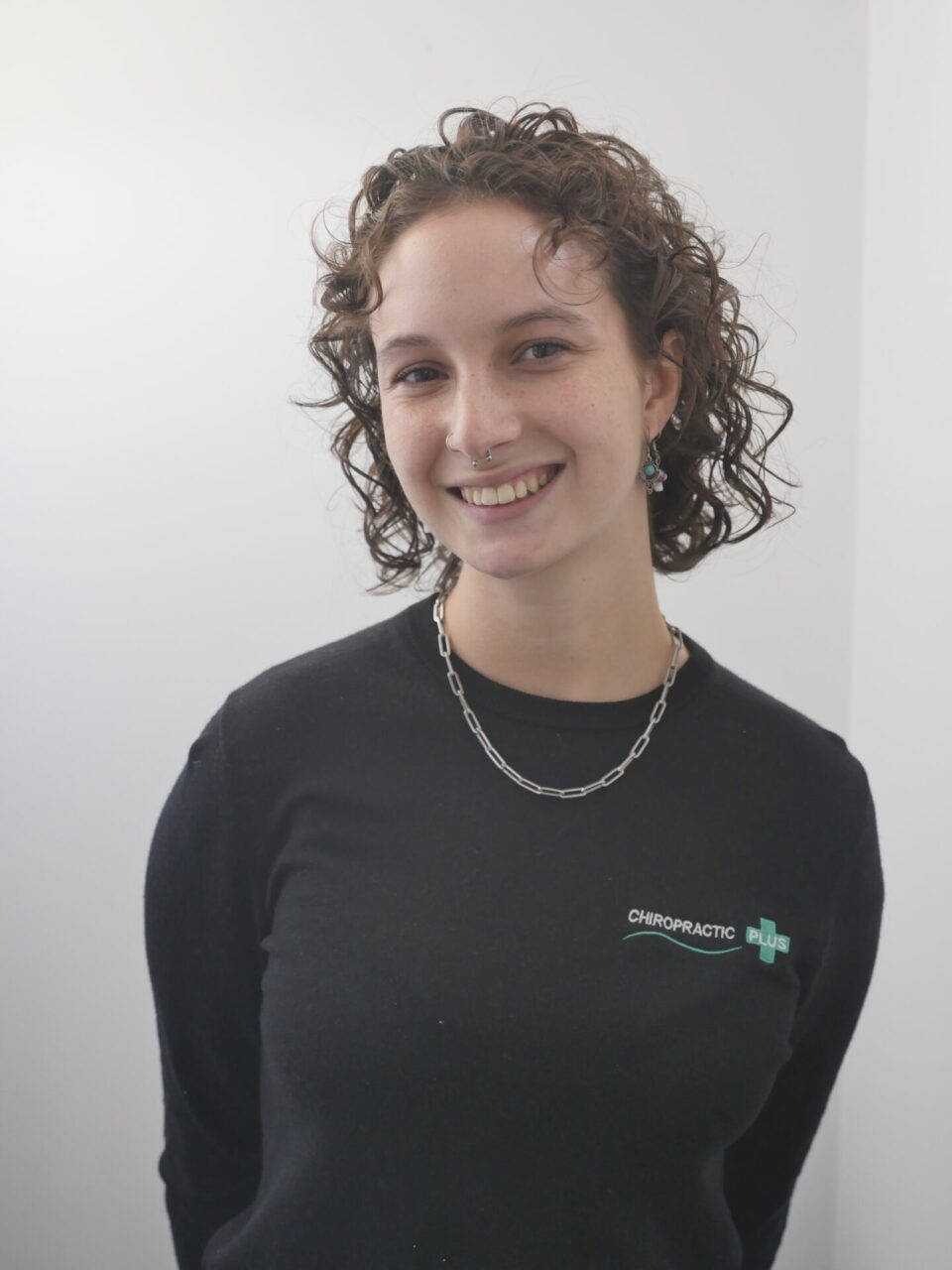Potential cryotherapy benefits explained
January 23, 2025 4:28 pm
Cryotherapy super-cools the skin for several minutes to spark a variety of bodily processes. Possible cryotherapy benefits range from the physical to the mental, including muscle and injury recovery, improved sleep and even weight loss.
At Chiropractic Plus, we’ve invested in the latest technology to provide whole-body and localised cryotherapy in Newcastle, NSW.
Here, we break down the potential benefits of cryotherapy so you can determine whether this may be a suitable modality for your physical goals.
Keep reading to discover what this process involves and how it can help you to feel better naturally.
What is cryotherapy?

Cryotherapy, often referred to as ‘cold therapy’, involves briefly exposing the outer layers of your skin to nitrogen vapour cooled to temperatures below -120°C for a few minutes.
This intense cold exposure prompts a natural healing response by triggering thermoreceptors in your skin, making the brain perceive extreme cold. In response, the body shifts into a protective state, sending blood, nutrients, and essential resources to the core organs.
During a whole-body cryotherapy session, blood is drawn to the core, boosting metabolism to generate warmth.
Once the session ends, oxygen-rich blood flows back to the extremities, carrying neurotransmitters that can reduce inflammation, improve collagen production, relieve chronic pain, and enhance mood.
While cryotherapy can offer benefits from a single session, our clients tend to notice its effects most with regular use.
7 possible benefits of cryotherapy
1. Chronic pain management
Cryotherapy is emerging as a promising, low-risk solution for managing chronic pain, according to a review of 25 studies.¹
One particular study² highlighted that whole-body cryotherapy offered temporary pain relief for those with rheumatoid arthritis. This relief helped patients engage in more intensive physiotherapy and occupational therapy, in turn boosting rehabilitation.
Cryotherapy’s pain-relieving effects may work in a few ways. Firstly, cold is a short-term analgesic. It’s believed that by cooling the body, cryotherapy slows the nerve signals responsible for transmitting pain to the brain.
Plus, cryotherapy may reduce pain by lowering inflammation, a major contributor to chronic conditions like rheumatoid arthritis.
2. Reduced inflammation
Inflammation is the body’s way of defending against infection, but sometimes the immune system goes into overdrive, leading to chronic inflammation. This overreaction has been linked to a range of health issues, from cancer and diabetes to depression and dementia.
Some studies hint that cryotherapy might be a useful tool in lowering inflammation, and could in turn help with other health issues.
A 2012 study³ suggests that cryotherapy may combat the inflammation and oxidative stress tied to dementia, mild cognitive impairment, and other types of cognitive decline as we age.
The theory is that cryotherapy’s anti-inflammatory and antioxidant effects might help shield the brain from the damaging responses associated with Alzheimer’s and similar conditions.
3. Accelerated muscle recovery
Cryotherapy may be able to accelerate muscle recovery after exercise. A 2017 study⁴ highlights its benefits in easing muscle pain and promoting faster healing for athletic injuries.
It’s all down to how the body reacts to extreme cold. When exposed to low temperatures, blood vessels constrict, redirecting blood toward vital organs. During this time, the blood becomes enriched with oxygen and essential nutrients.
As you warm back up, your blood vessels dilate, allowing this oxygen- and nutrient-rich blood to return to your muscles. This boost in circulation helps flush out inflammation and toxins built up during exercise, jumpstarting the recovery process.
4. Weight loss
Cryotherapy could aid weight loss efforts.
A 2021 study⁵ in the International Journal of Environmental Research and Public Health found that repeated cryotherapy sessions may help to boost calorie burn at rest by 5-8%, depending on body weight.
In the study, 16 lean women and 15 obese women underwent partial-body cryotherapy (PBC) for 150 minutes a day at -130°C over five days. Ultimately, the lean participants saw an 8.2% increase in resting energy expenditure (REE), while the obese participants experienced a 5.5% increase compared to day one of the study.
When exposed to extreme cold, your body ramps up its metabolism to stay warm, which means you’re burning more calories. In theory, this could help you create the calorie deficit needed to shed extra kilos.
Moreover, cryotherapy’s muscle-soothing effects may make it easier for those recovering from injuries to get back into their fitness routines. For those sidelined by pain, this added benefit could be a cool way to get back on track toward weight loss goals.
5. Eczema relief
For those dealing with the relentless itch and irritation of eczema, whole-body cryotherapy could offer some much-needed relief. This process, celebrated for its anti-inflammatory benefits, may help soothe the dry, inflamed skin associated with atopic dermatitis.
In a 2008 study⁶, participants with mild to moderate eczema paused their usual medications and underwent cryotherapy sessions at -110°C for a few minutes, three times a week. After a month, the majority saw noticeable improvements in their symptoms.
Though the study was small, the reasoning is clear. Cryotherapy is known to lower inflammation and elevate antioxidant levels in the blood—both of which could significantly ease eczema symptoms.
6. Better sleep
Cryotherapy might just be the key to a better night’s rest. Emerging research⁷ indicates that physically active individuals who underwent cryotherapy after evening workouts enjoyed deeper sleep with less tossing and turning compared to those who skipped the cold treatment.
This might be due to cryotherapy’s ability to activate the parasympathetic nervous system—the body’s natural “rest and digest” mode that kicks in when we feel calm and secure. When this system is engaged, the body relaxes, setting the stage for peaceful, restorative sleep.
While these findings are promising, more research is needed to determine if cryotherapy’s sleep-enhancing effects extend beyond athletes. Larger studies will help us uncover the true potential of cold therapy in improving sleep quality.
7. Migraine prevention
Applying targeted cryotherapy to cool and numb the nerves in the neck may help alleviate migraine pain. In one randomised control trial⁸, 77% of participants reported that cold packs reduced their symptoms.
The theory behind this cooling technique lies in its ability to lower the temperature of the blood flowing through intracranial vessels. Carotid arteries are located just beneath the skin so they’re prime targets for this soothing therapy, offering quick access to headache relief.
8. Mood improvement
Exposure to extremely cold temperatures in whole-body cryotherapy can trigger physiological hormonal changes, such as the release of adrenaline, noradrenaline, and endorphins.
These changes have the potential to positively impact individuals dealing with mood disorders, including anxiety and depression. One study⁹ suggests that whole-body cryotherapy might be helpful as an adjunct therapy in the short-term management of both conditions.
Who should not use whole-body cryotherapy?
Although whole-body cryotherapy is widely tolerated with minimal risks, there are a few possible side effects, including:
- Temporary spikes in blood pressure (up to 10 systolic points) that return to normal post-session
- Rare allergic reactions to cold
- Mild skin redness
- Skin burns, but only if exposure exceeds recommended time limits
That said, whole-body cryotherapy is not suitable for everyone, especially individuals with the following conditions:
- Recent heart surgery
- Pregnancy
- Severe hypertension (BP > 180/100)
- Unstable angina or recent heart attack (within the last 6 months)
- Arrhythmia or symptomatic cardiovascular disease
- Cardiac pacemaker
- Congestive heart failure or ischemic heart disease
- Peripheral arterial occlusive disease
- Decompensating cardiovascular or respiratory diseases (e.g., oedema)
- Acute or recent cerebrovascular accident (stroke)
- Vasculitis or venous thrombosis
- Chronic obstructive pulmonary disease (COPD)
- Acute respiratory infections (e.g., flu-like symptoms)
- Fever
- Raynaud’s Syndrome
- Polyneuropathies
- Severe anaemia
- Tumour diseases
- Claustrophobia
- Hyperhidrosis (excessive sweating)
- Cold allergy
- Skin infections (bacterial or viral)
- Wound healing issues (e.g., open sores)
- Chronic liver disease
- Acute kidney or urinary tract infections
- Uncontrolled seizures
- Heavy bleeding disorders
Book an appointment for cryotherapy in Newcastle
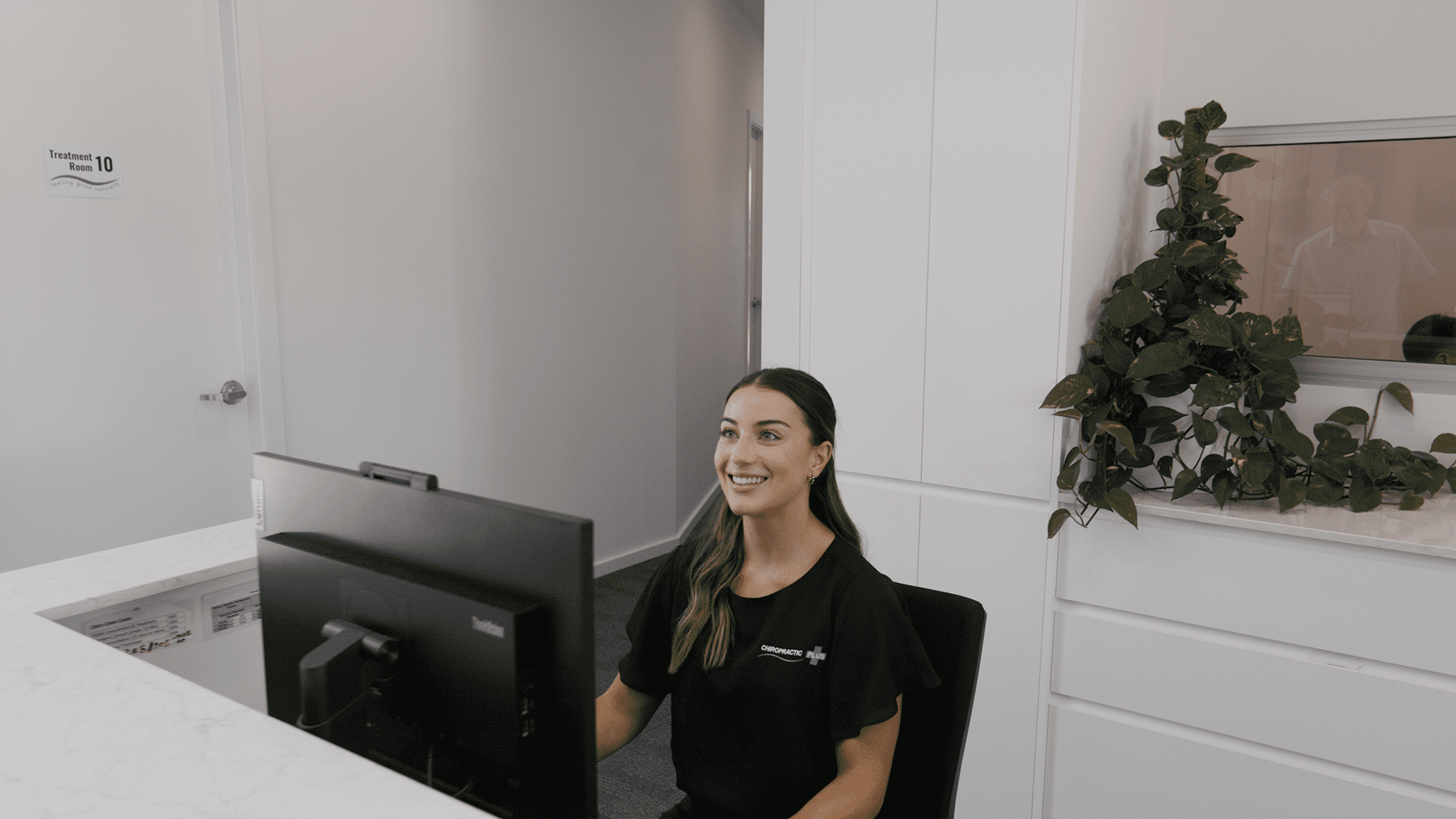
While the hype around cryotherapy continues to grow, and early studies show promise, the full scope of its health benefits is still being explored.
If you’re curious about how it might work for you, speaking with your doctor or healthcare provider is always a smart first step.
As the Hunter’s premier health and wellbeing facility, Chiropractic Plus is proud to offer whole-body cryotherapy, local cryotherapy and cryo facials in Newcastle.
Whether you’re looking for relief from chronic pain, faster recovery after workouts, assistance with weight loss, or just a boost to your overall wellness, our cryotherapy sessions are designed to help you feel your best.
Have some more questions? Don’t hesitate to contact our friendly team today.
References
1. Garcia, C., Karri, J., Zacharias, N.A. et al. Use of Cryotherapy for Managing Chronic Pain: An Evidence-Based Narrative. Pain Ther 10, 81–100 (2021). https://doi.org/10.1007/s40122-020-00225-w
2. Metzger, D., Zwingmann, C., Protz, W., & Jäckel, W.H. (2000). Die Bedeutung der Ganzkörperkältetherapie im Rahmen der Rehabilitation bei Patienten mit rheumatischen Erkrankungen.–Ergebnisse einer Pilotstudie [Whole-body cryotherapy in rehabilitation of patients with rheumatoid diseases–pilot study]. Rehabilitation (Stuttg), 39(2), 93-100. https://doi.org/10.1055/s-2000-14442
3. Misiak, B., & Kiejna, A. (2012). Translating whole-body cryotherapy into geriatric psychiatry–a proposed strategy for the prevention of Alzheimer’s disease. Med Hypotheses, 79(1), 56-58. https://doi.org/10.1016/j.mehy.2012.03.033
4. Abaïdia, A., Lamblin, J., Delecroix, B., Leduc, C., McCall, A., Nédélec, M., Dawson, B., Baquet, G., & Dupont, G. (2017). Recovery From Exercise-Induced Muscle Damage: Cold-Water Immersion Versus Whole-Body Cryotherapy. International Journal of Sports Physiology and Performance, 12(3), 402-409. https://doi.org/10.1123/ijspp.2016-0186
5. De Nardi, M., Bisio, A., Della Guardia, L., Facheris, C., Faelli, E., La Torre, A., Luzi, L., Ruggeri, P., & Codella, R. (2021). Partial-Body Cryostimulation Increases Resting Energy Expenditure in Lean and Obese Women. International Journal of Environmental Research and Public Health, 18(8), 4127. https://doi.org/10.3390/ijerph18084127
6. Klimenko, T., Ahvenainen, S., & Karvonen, S. (2008). Whole-Body Cryotherapy in Atopic Dermatitis. Archives of Dermatology, 144(6), 806-808. https://doi.org/10.1001/archderm.144.6.806
7. Douzi, W., Dupuy, O., Tanneau, M., Boucard, G., Bouzigon, R., & Dugué, B. (2019). 3-min whole body cryotherapy/cryostimulation after training in the evening improves sleep quality in physically active men. European Journal of Sport Science, 19(6), 860-867. https://doi.org/10.1080/17461391.2018.1551937
8. Sprouse-Blum, A.S., Gabriel, A.K., Brown, J.P., & Yee, M.H. (2013). Randomized controlled trial: targeted neck cooling in the treatment of the migraine patient. Hawaii Journal of Medicine & Public Health, 72(7), 237-241. PMID: 23901394; PMCID: PMC3727573.
10. Rymaszewska, J., Ramsey, D., & Chładzińska-Kiejna, S. (2008). Whole-body cryotherapy as adjunct treatment of depressive and anxiety disorders. Archives of Immunology and Therapy Experimental (Warsz), 56(1), 63-68. https://doi.org/10.1007/s00005-008-0006-5



